The key to a profitable surgery center is an efficient surgery center.
Taking on additional cases without being over capacity is a problem surgery centers face daily. The key to a thriving ASC: figuring out how surgeons can tackle a large caseload without suffering burnout. But managing caseload cannot come at the cost of patients resulting in higher readmission rates. By strengthening ambulatory clinic workflow processes, surgery centers can become more efficient and more profitable.
How EMR software can help ambulatory clinic workflow
When the HITECH Act was passed, healthcare facilities were incentivized to adopt electronic medical record software. In some ways, the push for digital documentation instead of paper was a positive progression. This adoption leads to less work for office staff and files more easily accessible. Data was finally at the fingertips of those running surgery centers.
Some EMR software can be clunky, inefficient, and somehow creates more work. In other cases, EMRs have revolutionized the way that paperwork is stored. This drove efficiency across all aspects of the healthcare system.
The downside of EMRs and EHR software is their usability. Some poorly designed software creates additional workflow issues that lead to inefficient clinical documentation. A recent study indicated that 60% of surgery center admin staff claims to be unsatisfied with their EHR due to workflow and usability.
With reliable EMR software, workflow, usability, and patient safety are improved. Often these systems improve workflow and open the door for billing-centered practices. With information stored digitally, medical billing departments have all the necessary information to bill insurance for life-saving medical devices.
These systems have revolutionized the way that data is stored. Also, data is easier to analyze and share between specialists. Plus, in many ways, it has helped healthcare systems be more HIPAA compliant.
What Slows Ambulatory Clinic Workflow
Regardless of the status of the EMR software your surgery center uses, there are common threads to decreasing productivity in surgery centers.
PAPERWORK AND MANAGING COMMUNICATIONS.
Patient charts, prescription documents, medical billing documents, imaging, H&P, and the paperwork list for what is attached to each patient goes on and on. While necessary, the amount of paperwork brings up HIPAA concerns and problems with efficiency.
Document storage systems can work alongside EMRs but help present all necessary PI to medical billing teams. Therefore, this can help with organization as well as reimbursement rates. Learn more about medical document storage solutions here.
MISCOMMUNICATIONS AND FORMS
From pre-surgery forms to post-surgery patient follow-up, miscommunication between patients and the facility- or between individuals within the facility- happens often. However, automated workflow software can assist with keeping patient forms organized while automating the next line of communication.
How the state of modern healthcare has affected workflows and efficiency
Baby boomers continue to age, and many pre-pandemic problems have been further exacerbated by the COVID-19 pandemic are continuing to put pressure on surgeons.
By establishing standardized processes to help automate workflows, there are fewer data entry errors and time saved on different parties gathering information. Yes, setting up systems takes time up front, but eventually will alleviate clinical burdens while influencing care decisions with all care data being available.
Poorly integrated digital workflows hinder office staff and hinder the communication of necessary data for proper patient care.
As mentioned previously, the HITECH Act opened the door for EMRs to become prominent in healthcare systems. But today this legislation bridges the gaps that EMRs created with additional software that surgery centers can implement. Document storage systems, workflow solutions, and AI-driven technologies can not only help support surgery centers. Outside partners like sales reps or medical billers can utilize these technologies. And, patients can take a more active role in deciding and tracking their healthcare.
Data and privacy
In any mention of technology in the healthcare space, the first concern should be security and patient information privacy. When utilizing an EMR or any other digital solution, the system must be HIPPA compliant. Furthermore, employees need training on identifying phishing scams and best practices for secure passwords.
For more on cyber security for surgery centers, click here.
As technology progresses and caseloads grow, the need for technology will rise. AI, VR, and other new ways of training or generating workflows will be created. While it can be challenging to implement new technologies, ultimately it may be the key to making your surgery center profitable.
